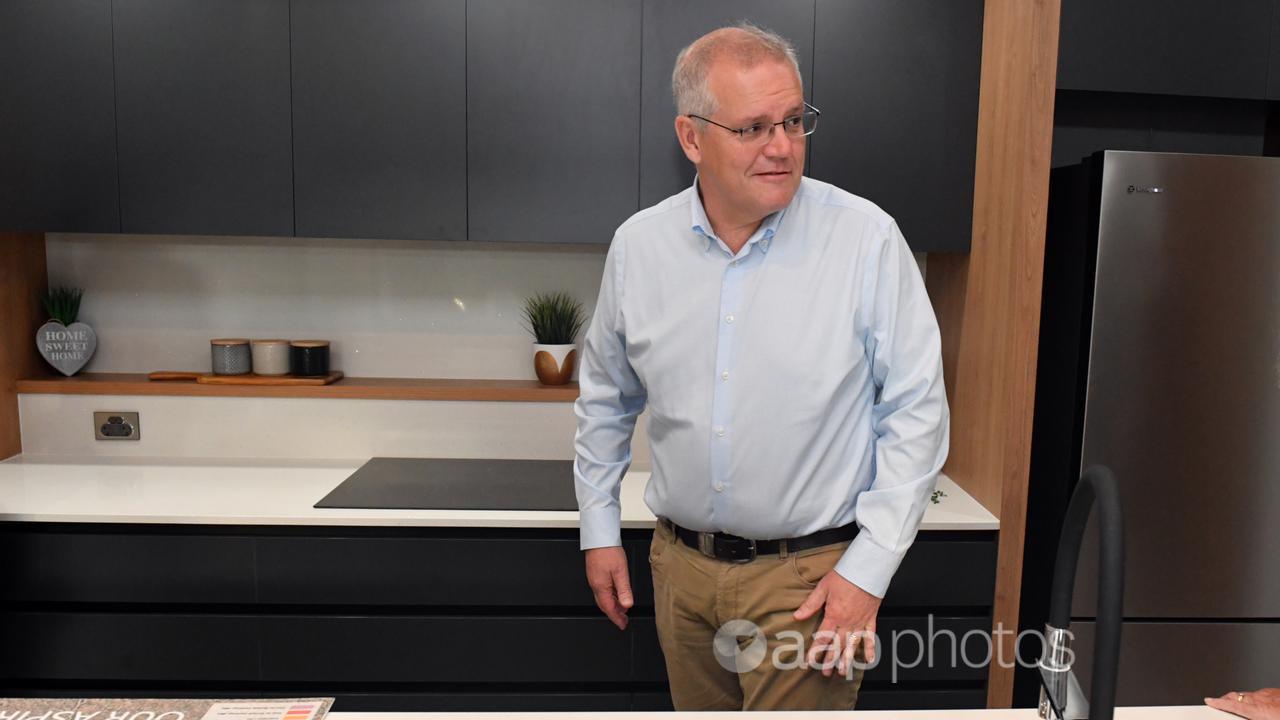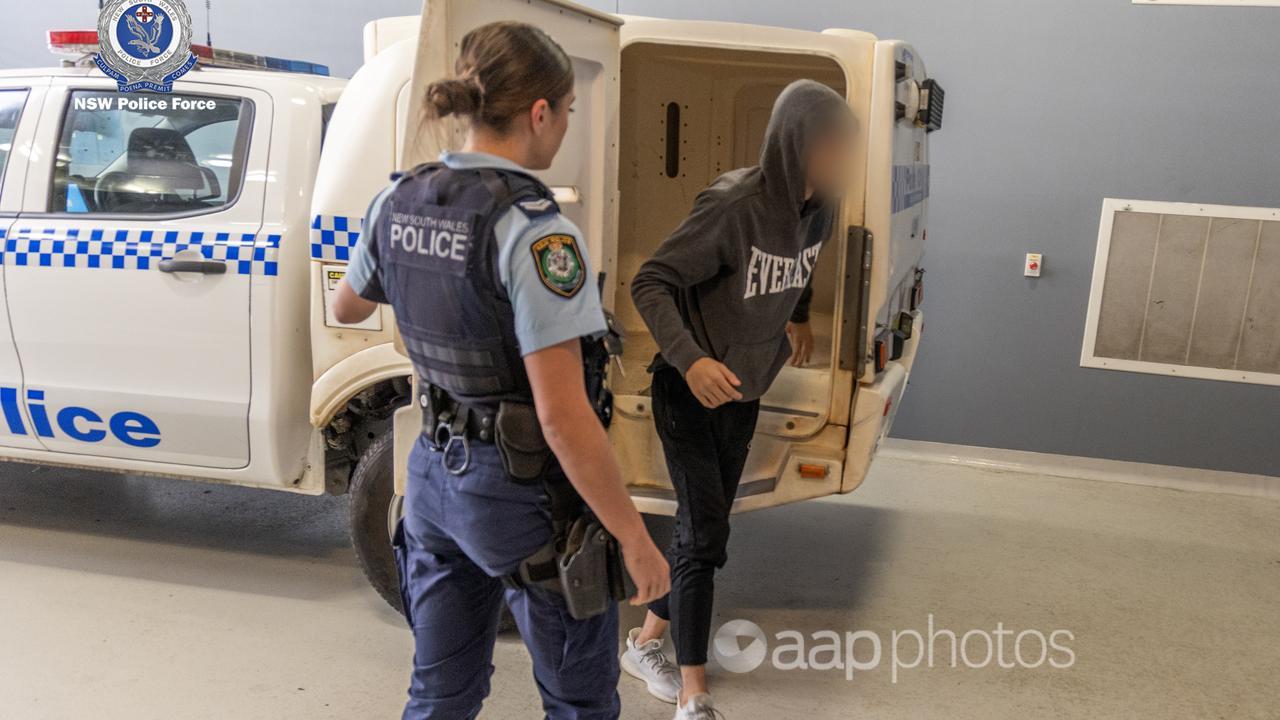Prime Minister Scott Morrison has tried to hose down fears a coalition policy enabling first home buyers to put superannuation towards a deposit could drive up prices, claiming the money involved in the scheme would be less than one per cent of the total value of the housing market.
The claim is misleading. The one per cent figure appears to be based on a calculation assuming around 100,000 first home buyers per year each access up to $50,000 of superannuation funds, resulting in a maximum of $5 billion of super money being invested.
However, the calculation underestimates both factors. Around 120,000 people commit to a first home loan each year and couples who are both eligible will be able to access up to $100,000 of superannuation funds combined, not $50,000. Those two factors mean the claim understates the true value of superannuation funds potentially injected into the market.
Additionally, first home sales represent almost one-third of all housing exchanges and the policy could theoretically affect each of those sales.
Mr Morrison made the claim on ABC’s 7.30 on May 16. Asked about the policy’s impact on house price rises, he said: “Our housing market each year I think is some $687 billion. This measure affects up to about one per cent of it. And so the suggestion this will have any sort of significant impact here, I just don’t think bears up to scrutiny” (video 14min 22sec).
At least two other coalition ministers have made a similar claim.
Superannuation Minister Jane Hume said that there are “about a hundred thousand or so first home buyers” and “even if they each bought a $600,000 home, that’s really only less than one per cent” of the market (audio 1min 6sec).
Teasurer Josh Frydenberg said “there are 100,000 first homebuyers (and) if all of them access the maximum $50,000, you’re talking about a $5 billion increase in the amount of money that’s coming into the housing sector. In terms of overall $700 billion worth of transactions each and every year, it’s really a small fraction of that” (audio 7min 20sec).
The claims relate to the coalition’s election pledge to allow first home buyers to put up to 40 per cent of their superannuation towards a deposit, up to $50,000 per person.
The coalition did not respond to a request to clarify the basis of the prime minister’s one per cent claim.
Mr Frydenberg’s comments suggest the claim was based on 100,000 buyers investing up to $50,000 of superannuation, creating a potential $5 billion cash injection into the market.
With residential property sales worth around $687 billion in 2021, $5 billion equates to around 0.7 per cent of Australia’s annual housing market.
But the number of first home buyers annually is higher than 100,000. In 2021 around 164,000 home loans were provided to first-time buyers, according to the Australian Bureau of Statistics (ABS). Between 2017 and 2021 an average of around 120,000 loans were provided each year.
The calculation also overlooks that first-time buyer couples would each be able to access the scheme, meaning $100,000 could be accessed per home.
Correcting both underestimates would change the maximum amount of superannuation money injected into the market from $5 billion to around $12 billion, based on 120,000 homes per year and a maximum contribution of $100,000 per home.
This would be almost two per cent of the annual turnover of the housing market.
Associate professor Steven Hamilton, a visiting fellow at ANU's Tax and Transfer Policy Institute, told AAP FactCheck it is hard to predict how many people would take up the scheme.
"Depending on your income, $50,000 additional from super may allow you to borrow an additional $200,000... Double it for a couple. But purchasing power doesn't determine prices," he said in an email.
"The majority of people in fact don't borrow everything they can. And the impact on prices has nothing to do with that number. It's about people's willingness to pay and supply."
Aside from the issues with the calculations, experts told AAP FactCheck it is questionable whether the scheme could more broadly be said to only "affect" a small proportion of the market.
First home buyers made up 31.7 per cent of new home loan commitments in March 2022, excluding loans for land or home alterations.Theoretically, the scheme could be used for every one of those sales.
Chris Leishman, a professor of property and housing economics at the University of South Australia, told AAP FactCheck that a 2021 report on using super for housing, which he co-authored, showed the main impact of such a policy was that it would increase the amount of borrowing.
"It isn't the $50,000 that matters, but the fact each additional borrower puts (say) $750,000 of home loan finance into the market. So, I think the one per cent claim doesn't ring true," he said.
Professor Rachel Ong ViforJ, from Curtin University's School of Accounting, Economics and Finance, told AAP FactCheck she did not see the relevance of the one per cent figure.
Prof Ong ViforJ said around 370,000 people could be eligible for the scheme, based on her analysis of a 2018 national survey.
"If we take rental households aged 25-40 years old that have never owned a home before (i.e. young first home buyers), around 370,000 would be eligible," she said.
"Of these, around 150,000 households would be able to put down a deposit for a median priced house in their city/region with the help of the super contribution. The other 220,000 won't be able to achieve a 20 per cent deposit even with their super contribution … whether you take the 150,000 or 370,000, my estimates are much higher than 100,000," she said.
"The issue is that there will be higher demand for dwellings (largely from those with healthy super balances) and in the absence of accompanying supply-side measures, prices will rise."
The Verdict
The claim is based on flawed assumptions. The calculation underestimates annual first-time home sales as well as the maximum value of superannuation that can be invested per home.
Experts also said the one per cent figure is not a useful way of assessing the overall impact on the market. First-time buyers account for around one-third of all sales, with each of those sales potentially affected by the policy.
Misleading – The claim is accurate in parts but information has also been presented incorrectly, out of context or omitted.
* AAP FactCheck is an accredited member of the International Fact-Checking Network. To keep up with our latest fact checks, follow us on Facebook, Twitter and Instagram.
All information, text and images included on the AAP Websites is for personal use only and may not be re-written, copied, re-sold or re-distributed, framed, linked, shared onto social media or otherwise used whether for compensation of any kind or not, unless you have the prior written permission of AAP. For more information, please refer to our standard terms and conditions.


















